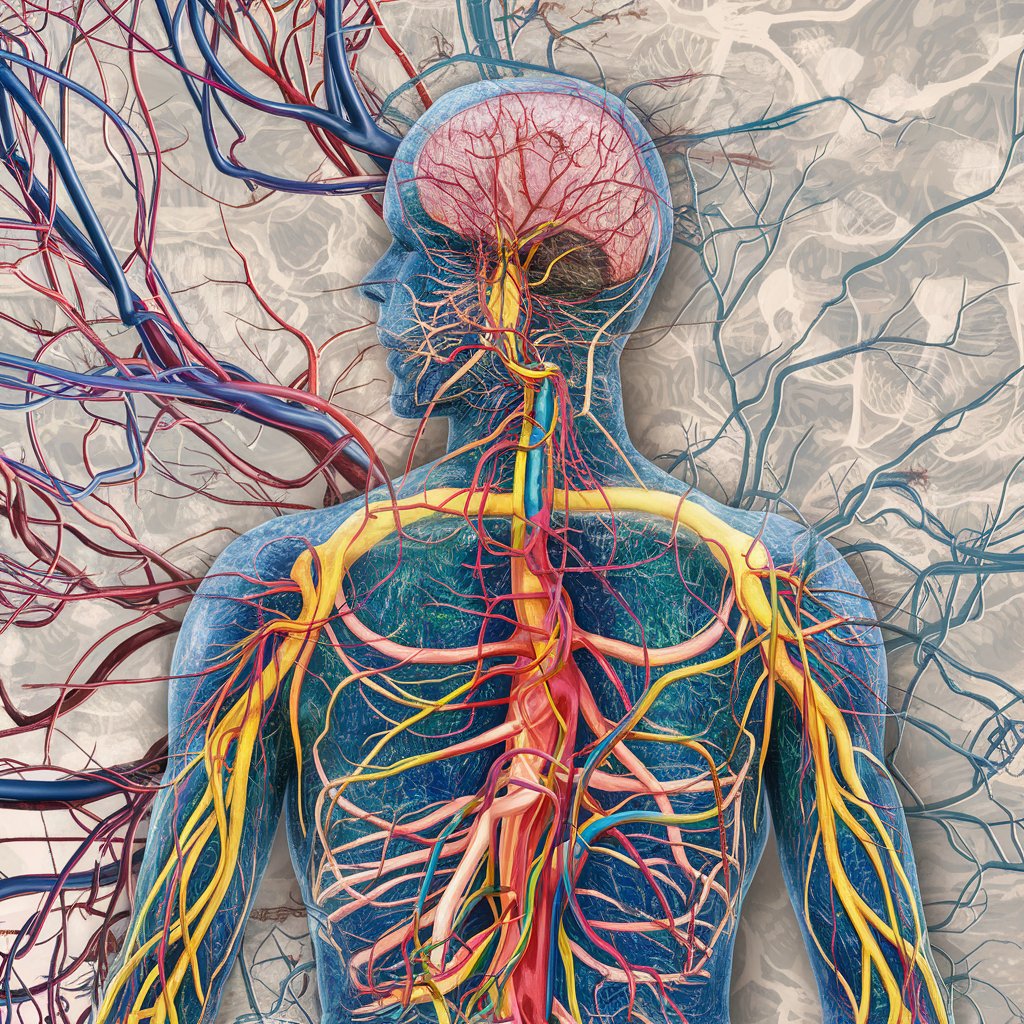
The nervous system, a marvel of biological engineering, continues to captivate scientists and researchers worldwide. This intricate network of neurons and support cells orchestrates every aspect of our existence, from basic reflexes to complex cognitive processes. As we peel back the layers of this sophisticated system, we uncover a world of electrical impulses, chemical messengers, and interconnected pathways that shape our perceptions, memories, and behaviors.
While significant strides have been made in understanding its components and functions, the nervous system still harbors countless mysteries waiting to be unraveled, promising profound implications for medicine, neuroscience, and our understanding of human consciousness.
Key Takeaways
• The nervous system comprises central and peripheral components, with neurons as fundamental communication units.
• Neurons communicate through electrical signals and chemical neurotransmitters across synapses.
• Specialized neurons perform diverse functions, including motor control and sensory processing.
• Glial cells support neural health, facilitate faster signaling, and play roles in various neurological disorders.
• Brain networks of neurons and glia enable complex cognitive processes and exhibit neuroplasticity for adaptation.
Components of the Nervous System
Within the intricate framework of the nervous system, several key components work in concert to enable the body’s complex functions and responses.
The nervous system anatomy comprises two primary divisions: the central nervous system, consisting of the brain and spinal cord, and the peripheral nervous system, encompassing the extensive network of nerves branching from the spinal cord.
At the cellular level, neurons serve as the fundamental units, transmitting electrical and chemical signals throughout the body. These specialized cells, with their distinct structures of cell bodies, axons, and dendrites, form the backbone of neural communication.
Peripheral nerves, bundles of axons extending throughout the body, play an essential role in connecting the central nervous system to various organs and tissues.
This intricate network of components ensures the precise control and coordination of bodily functions, empowering individuals with responsive and adaptive capabilities.
Neuron Communication Process
The process of neuron communication involves a sophisticated sequence of electrical and chemical events that enable the rapid transmission of information throughout the nervous system. This intricate mechanism begins with electrical signals propagating along the axon of a neuron. Upon reaching the axon terminal, these electrical impulses trigger the release of neurotransmitters into the synaptic cleft.
This transformation from electrical to chemical signals is essential for synapse communication. The released neurotransmitters diffuse across the synapse, binding to receptors on the dendrites of the receiving neuron. This binding initiates a conversion back to electrical signals within the target neuron. The precision and speed of this process allow for the efficient relay of information across vast neural networks.
This elegant system of neuron communication underpins the nervous system’s ability to control and coordinate complex bodily functions and cognitive processes.
Diverse Roles of Neurons
Neurons, the fundamental building blocks of the nervous system, serve a multitude of specialized functions that collectively orchestrate the complex operations of the body and mind. Neuron specialization allows for the execution of diverse tasks, from transmitting motor commands to processing sensory information.
This specialization is evident in the intricate neural pathways that facilitate synaptic transmission, enabling rapid and precise communication between different regions of the nervous system.
Motor neurons, for instance, exert control over muscle movements, while sensory neurons detect various stimuli from the environment. Other neurons regulate involuntary processes, such as heartbeat and hormone release. The integration of these specialized neurons creates sophisticated networks capable of sensory integration, decision-making, and behavioral responses.
Understanding the diverse roles of neurons is critical for comprehending the nervous system’s ability to maintain homeostasis, process information, and adapt to changing environmental demands.
Glia: Essential Support Cells
In addition to neurons, glia cells play an important role in maintaining the nervous system’s functionality and health, serving as indispensable support structures for neural networks. These versatile cells perform vital functions that ensure best neuronal performance and protect against neurological disorders. Glia create myelin insulation, regulate neurotransmitters, and facilitate repair processes, thereby enhancing neural communication and resilience.
| Glial Function | Impact on Neurons | Relevance to Disorders |
|---|---|---|
| Myelination | Faster signaling | Multiple sclerosis |
| Neurotransmitter regulation | Balanced communication | Epilepsy |
| Debris removal | Neuronal health | Alzheimer’s disease |
| Immune defense | Protection | Neuroinfections |
| Nutrient support | Metabolic stability | Stroke recovery |
Understanding glial function is essential for developing targeted therapies for neurological disorders. By harnessing the power of glia, researchers can potentially enhance neural network performance and devise innovative treatments for various brain-related conditions, ultimately advancing our control over neurological health.
Brain Networks and Functions
Intricate networks of neurons and glia form the foundation of brain function, orchestrating a complex symphony of communication that enables cognitive processes, emotional responses, and behavioral outputs.
These neural pathways, established during brain development, create a sophisticated infrastructure for information processing and memory formation.
The interplay between different brain regions facilitates higher-order cognitive functions, allowing individuals to analyze, reason, and make decisions with precision and efficiency.
The power of the brain lies in its ability to rapidly adapt and reconfigure these networks, optimizing performance in response to environmental demands. This neuroplasticity underpins learning and memory formation, enabling the acquisition of new skills and knowledge.
Conclusion
The complex interplay within the nervous system reveals a highly organized network of cellular communication and specialized functions.
Recent research suggests that neuroplasticity may extend beyond previously established limits, potentially offering new avenues for treating neurological disorders.
Further investigation into the role of glia cells in cognitive processes and the impact of environmental factors on neural network development could yield significant insights.
Advancing our understanding of these intricate mechanisms is essential for developing targeted therapies and enhancing overall brain function across diverse populations and age groups.